In the fish world, the order Tetraodontiformes includes unique fish species, with the common characteristic of not having normal teeth but only having adjacent tooth fragments or a few large teeth. Many species have a special defense mechanism: Inflating themselves like a ball.
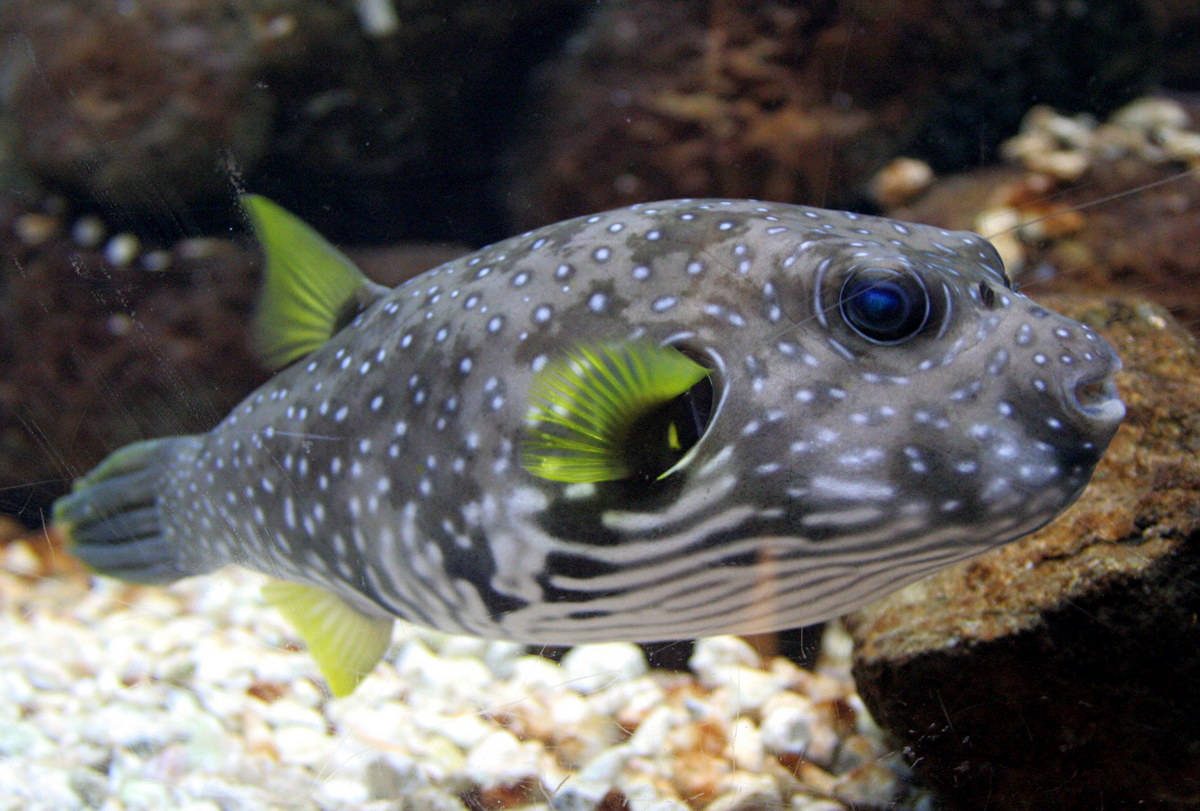
The rat-bellied pufferfish (Arothron hispidus) belongs to the Tetraodontidae family, is 50 cm long, and is distributed in the Indo-Pacific. The neurotoxin in the skin and internal organs of this fish is so toxic that it kills humans, and is effective in repelling predators. However, they are still used as food in Japan.
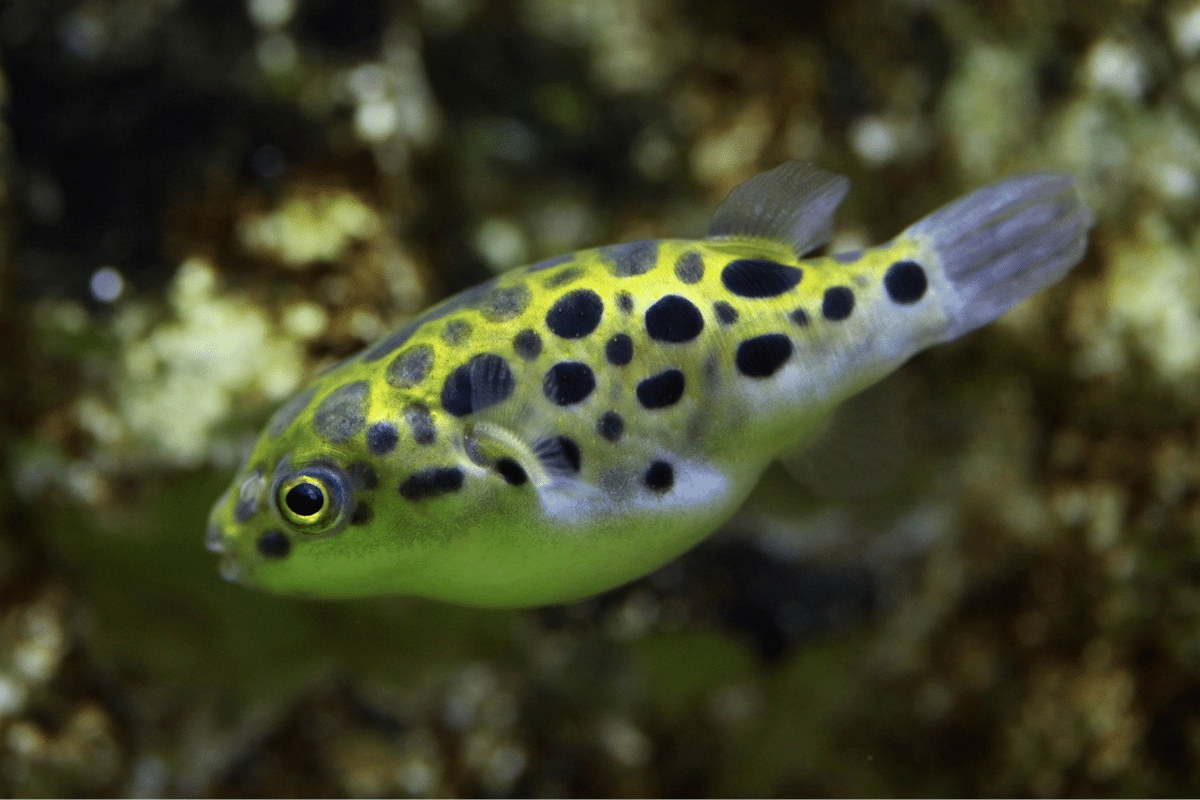
The blue-spotted pufferfish (Dichotomyctere nigroviridis) belongs to the Tetraodontidae family, is 15 cm long, and is found in coastal freshwater and brackish water environments throughout South Asia and Southeast Asia. This species is often sold in aquarium stores in 2-3 cm sizes.
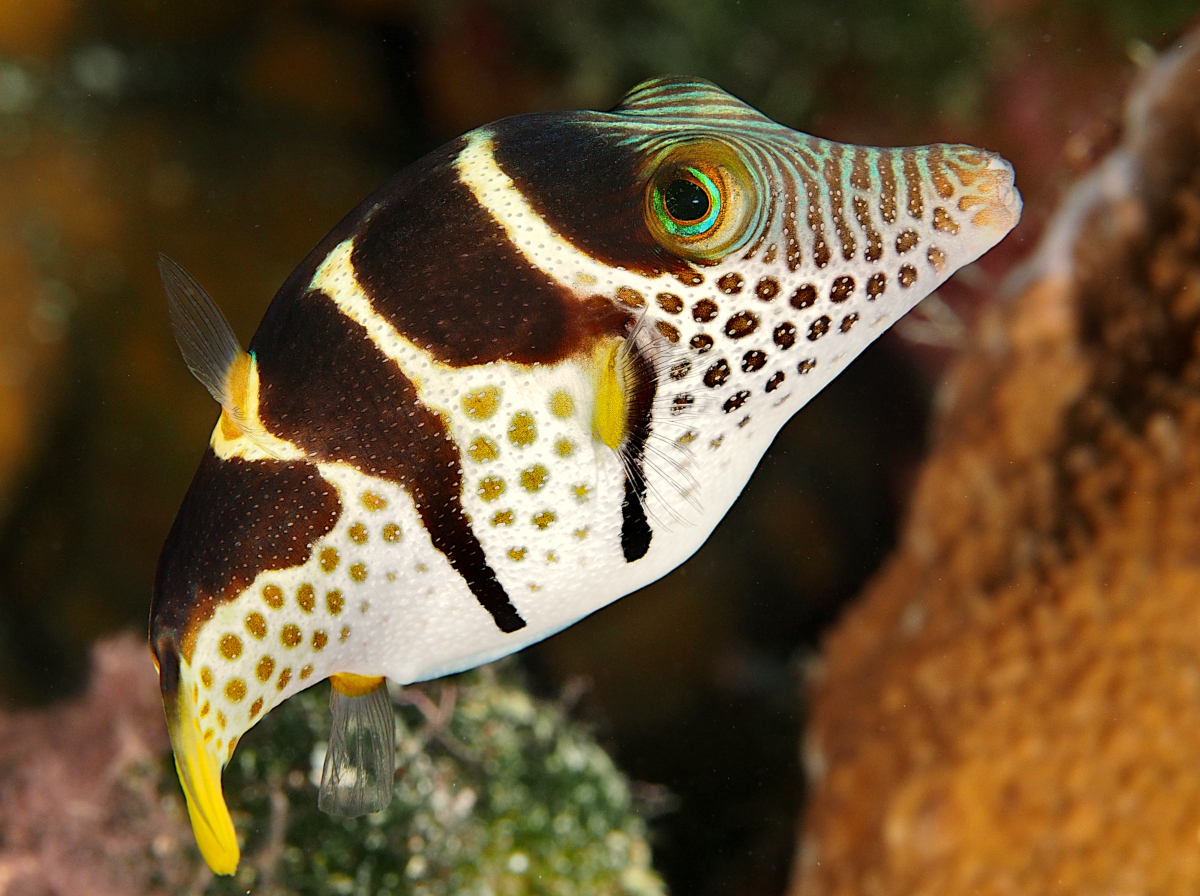
Valentin’s pointed-nosed pufferfish (Canthigaster valentini) belongs to the pufferfish family (Tetraodontidae), 11 cm long, distributed in the Indo-Pacific ocean. This small puffer fish is very toxic. Like many other species in the Pufferfish family, they have a unique mechanism of inflating their bodies when they feel threatened.
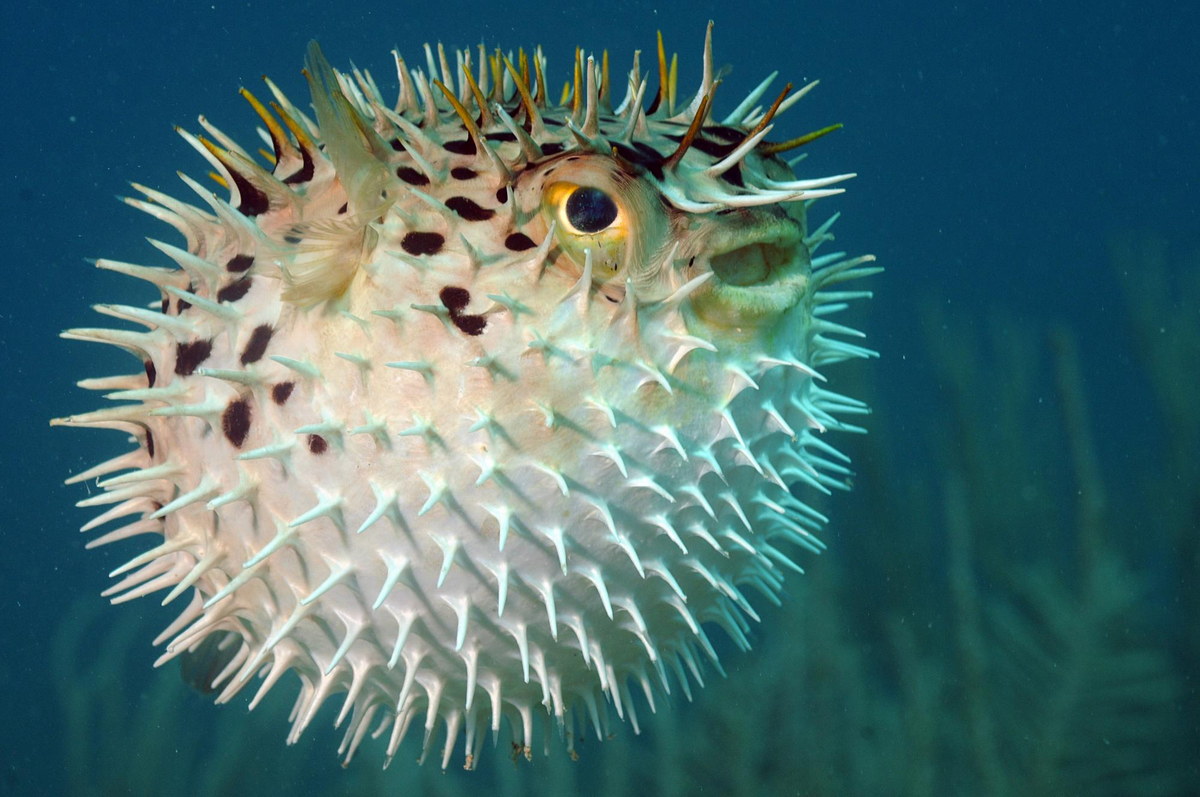
The six-striped porcupine pufferfish (Diodon holocanthus) belongs to the Diodontidae family, 50 cm long, recorded in tropical waters around the world. This fish can suck in water to inflate its body to turn into a ball full of spikes – a very effective self-defense method.
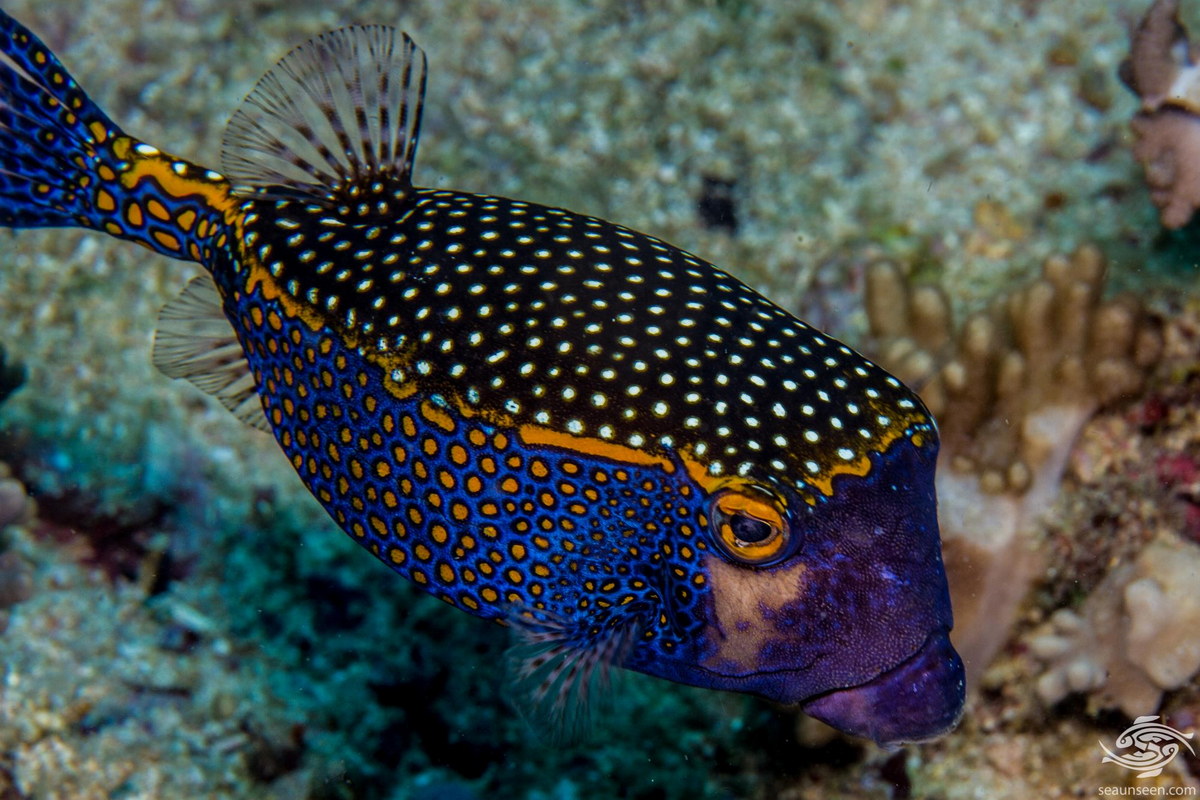
Spotted pufferfish (Ostracion meleagris) belongs to the Ostraciidae family, 25 cm long, distributed in the Indo-Pacific. This fish keeps predators away because its body is covered in a hard, trunk-like frame with interconnected bone plates and poisonous skin.
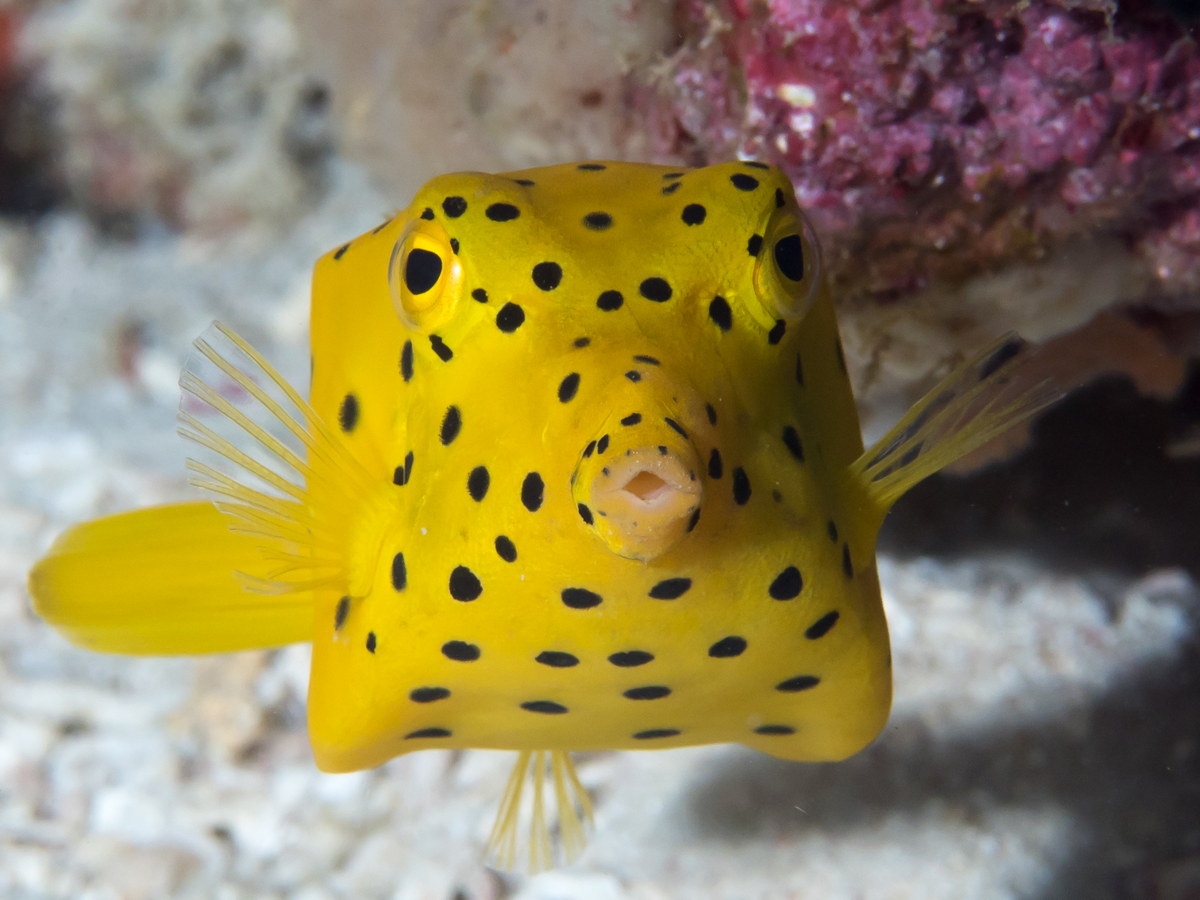
Round-backed box puffer fish (Ostracion cubicus) belongs to the Ostraciidae family, 40 cm long, distributed in the Indo-Pacific ocean. This fish is non-poisonous and is popular in saltwater aquariums due to its interesting square shape.
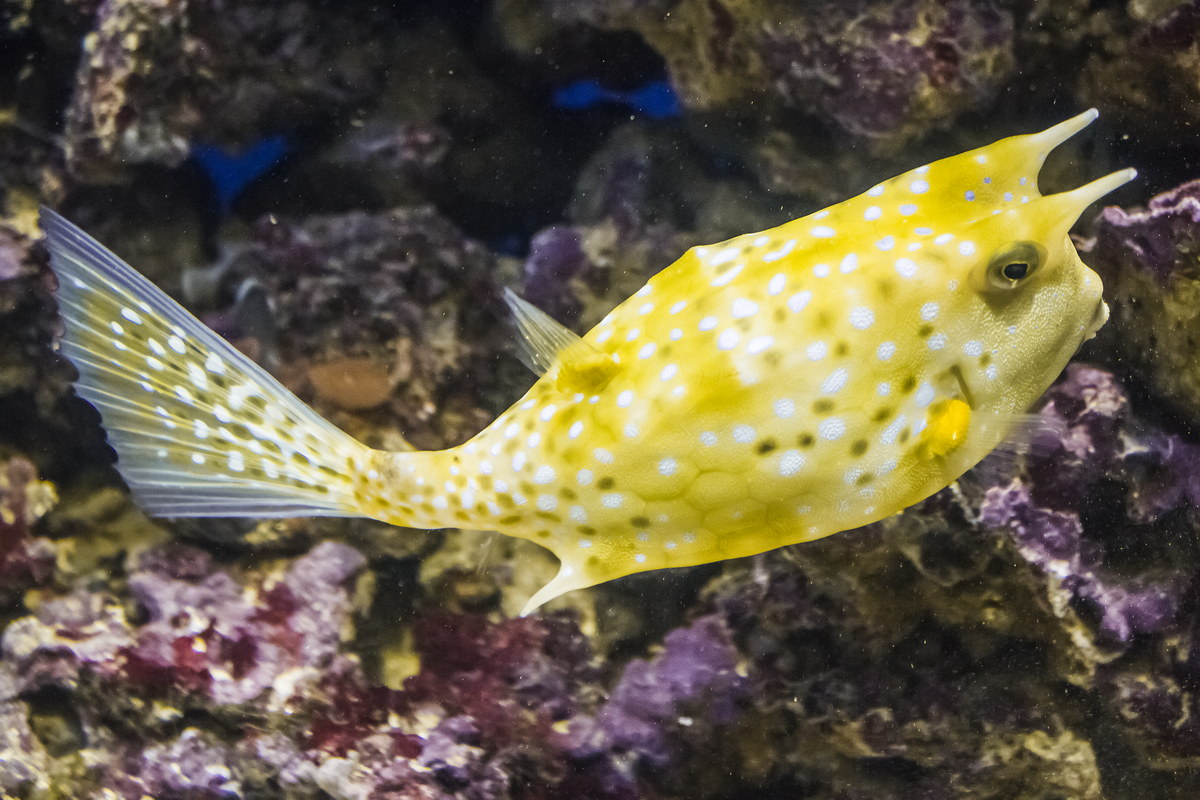
Long-tailed pufferfish (Lactoria cornuta) belongs to the Ostraciidae family, 40 cm long, distributed in the Indo-Pacific. This fish has a pair of characteristic horns on its eyes. Their horns often break due to their almost hollow structure, but can grow back within a few months.
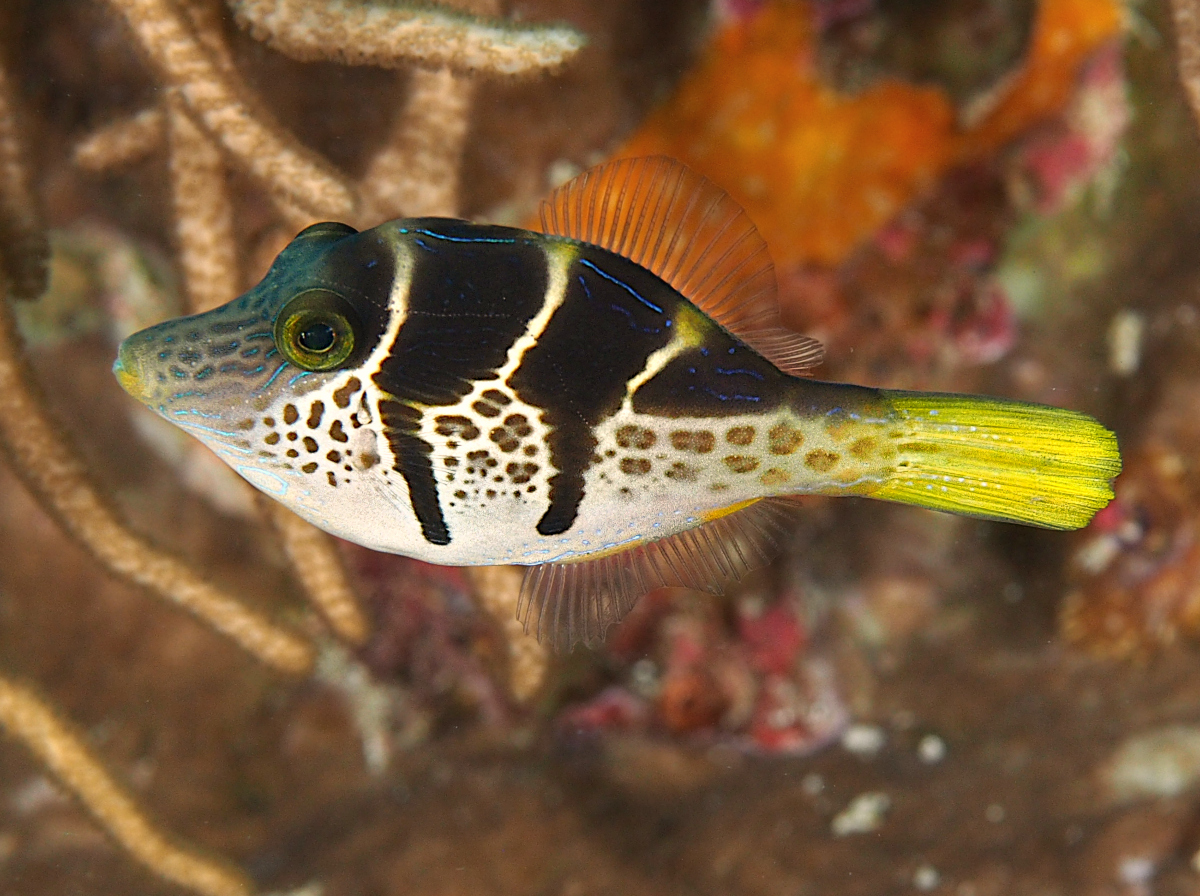
Saddleback crawfish (Paraluteres prionurus) belongs to the paper crawfish family (Monacanthidae), 11 cm long, distributed in the Indo-Pacific Ocean. Predators often stay away from this non-poisonous fish because it looks exactly like the Valentin pointed puffer fish (Canthigaster valentini) – mentioned above.
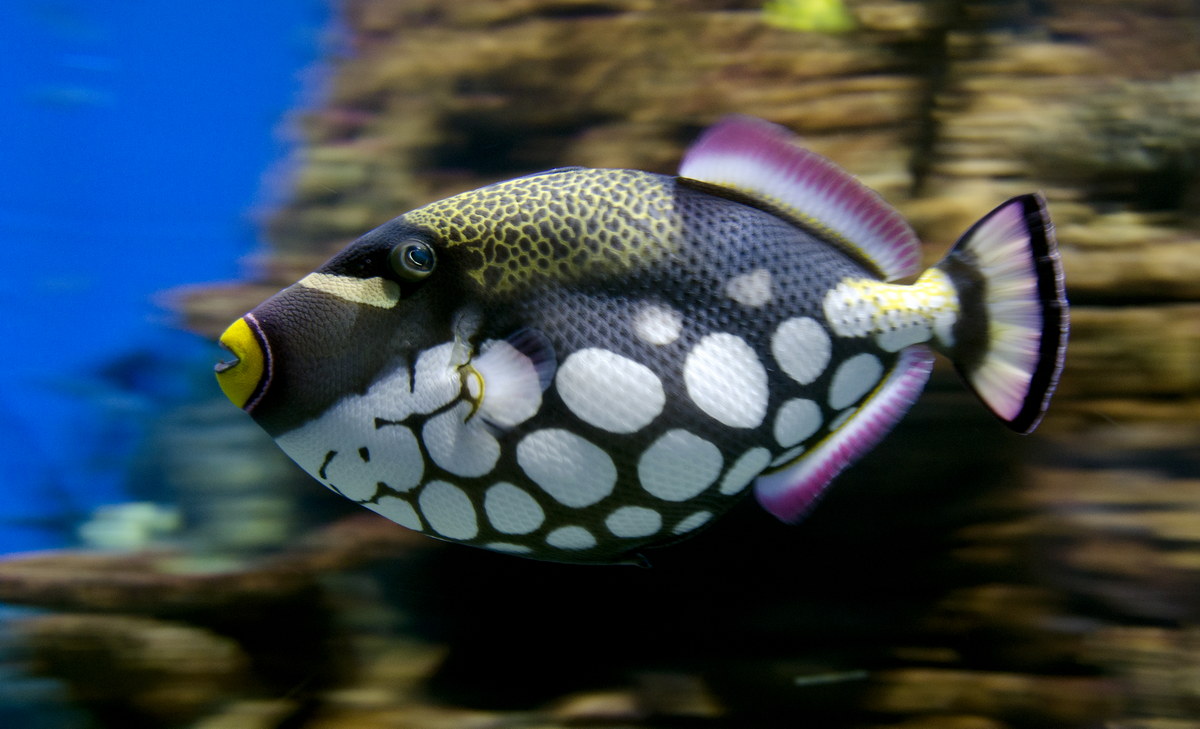
Balistoides conspicillum belongs to the Balistidae family, 50 cm long, distributed in the Indo-Pacific. This species of fish living in coral reefs is quite aggressive and has a high territorial defense behavior. When in danger, they crawl into rock crevices and raise the spike in the middle of their back for defense.
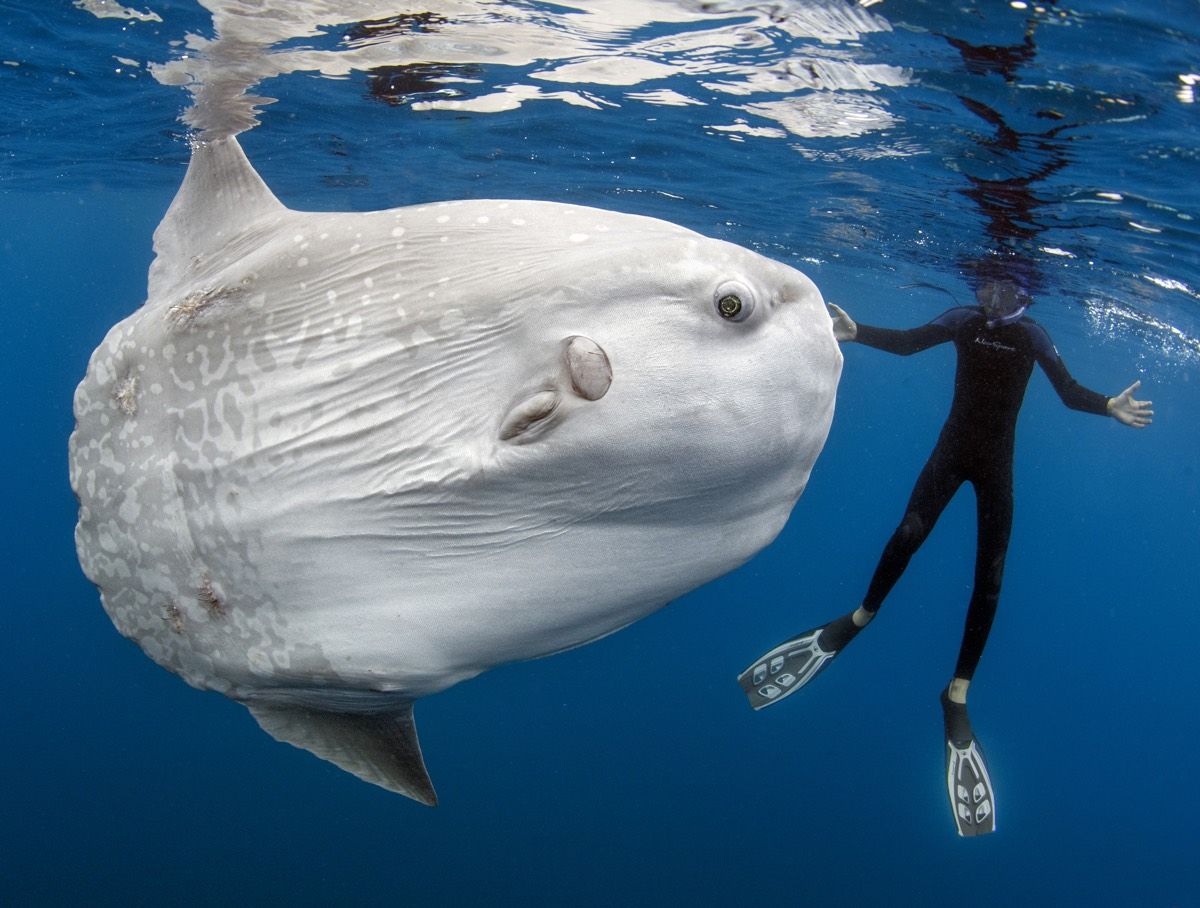
Sunfish (Mola mola) belongs to the family Moonfish (Molidae), 4 meters long, recorded in seas around the globe. This is the heaviest bony fish in the world, can reach a weight of 2.3 tons. They specialize in eating jellyfish.





